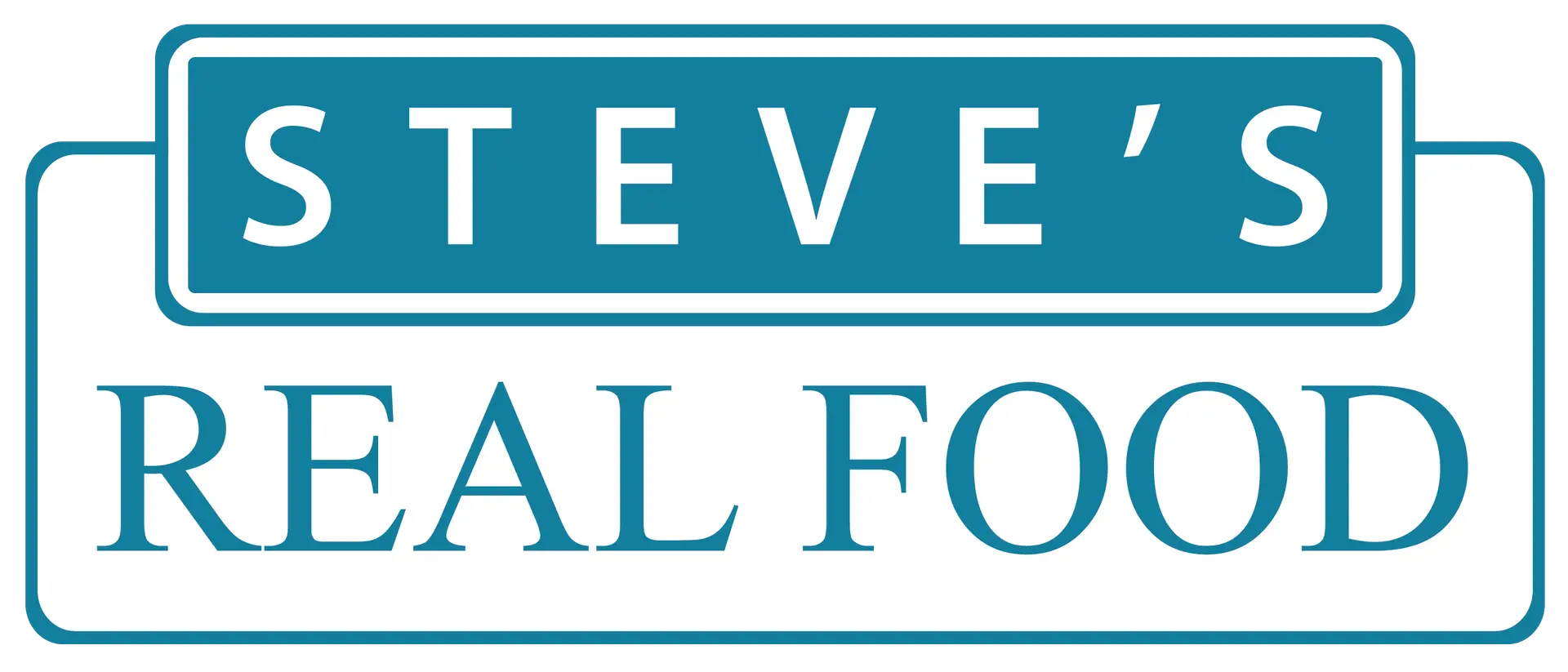How Raw Food Helps with Skin/Coat and Pest Mitigation
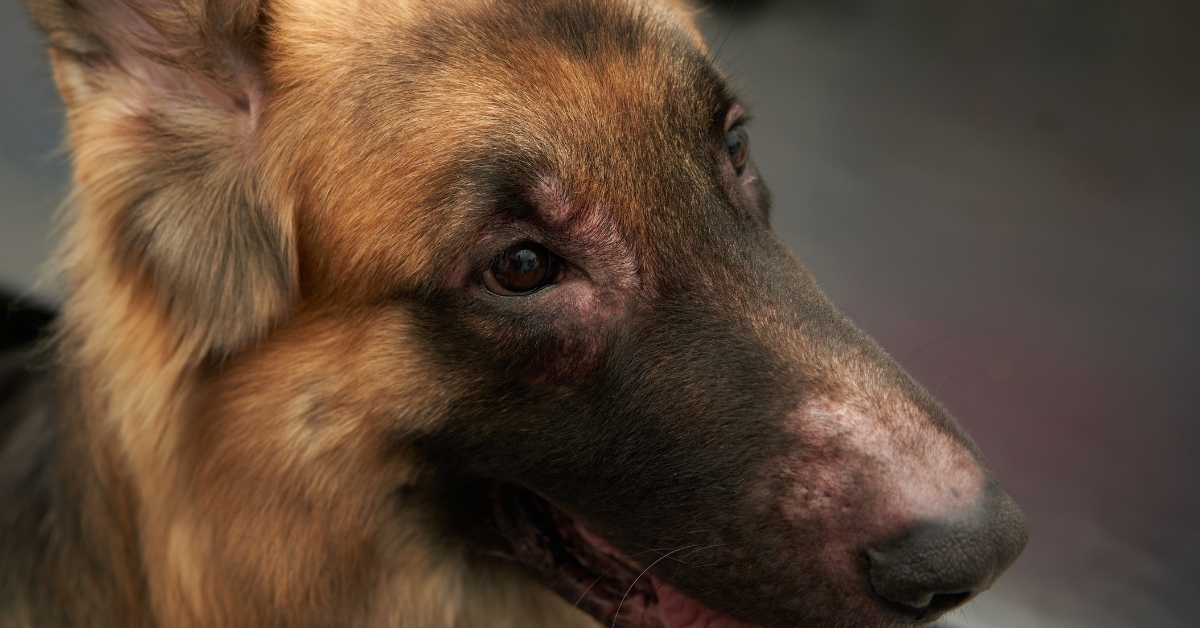
Episode 7 – It’s What’s on the Outside That Counts Let’s face it: we all want to have pretty (or handsome) pets. We all love to see soft, shiny fur on our precious darling cats and dogs. Not only do we like the way pretty fur looks and feels, but we know that it means […]
The Benefits of Raw Food for Digestion
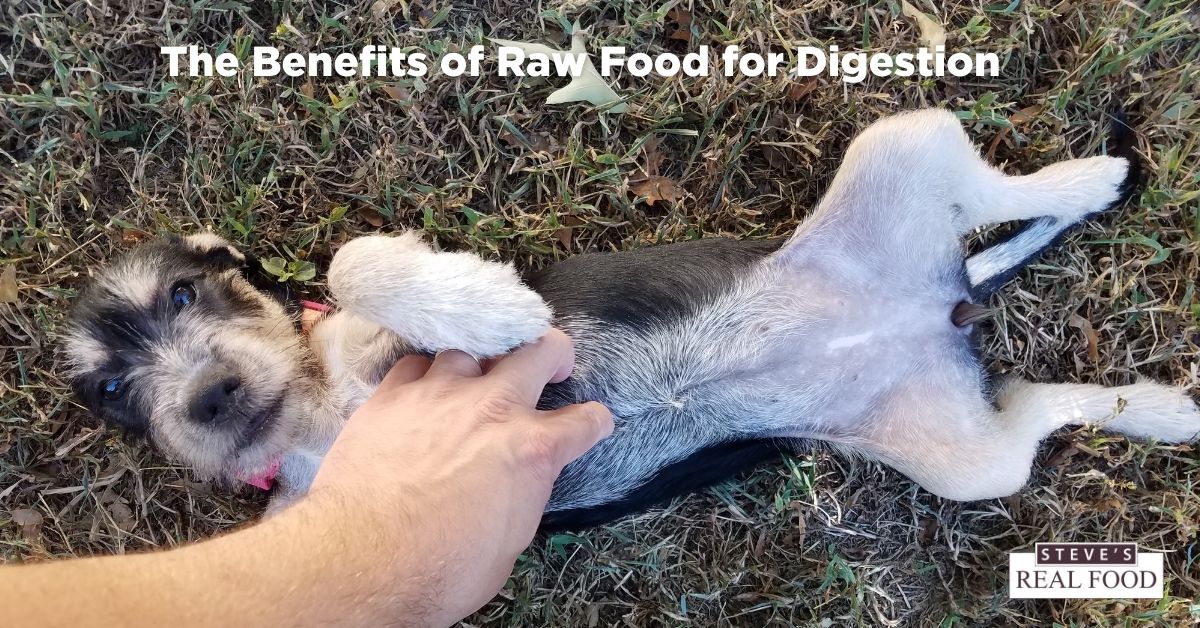
Episode 6 – In One End… You may often hear about how digestible raw food is, but is there any proof of why? There sure is! In this post, we will go through how and why raw food is easier for pets to digest and how, as a result of that, your pet will […]
Detoxing Your Pet
Episode 5 – Out with the Old, In with the New Detoxing Your Pet A few years ago, detoxing was all the rage. People got caught up in the very appealing idea of eating nothing and drinking something like lemon and cayenne water all day in the hopes they could cleanse their body and release […]
The Benefits of a Raw Food Diet for Cats and Dogs
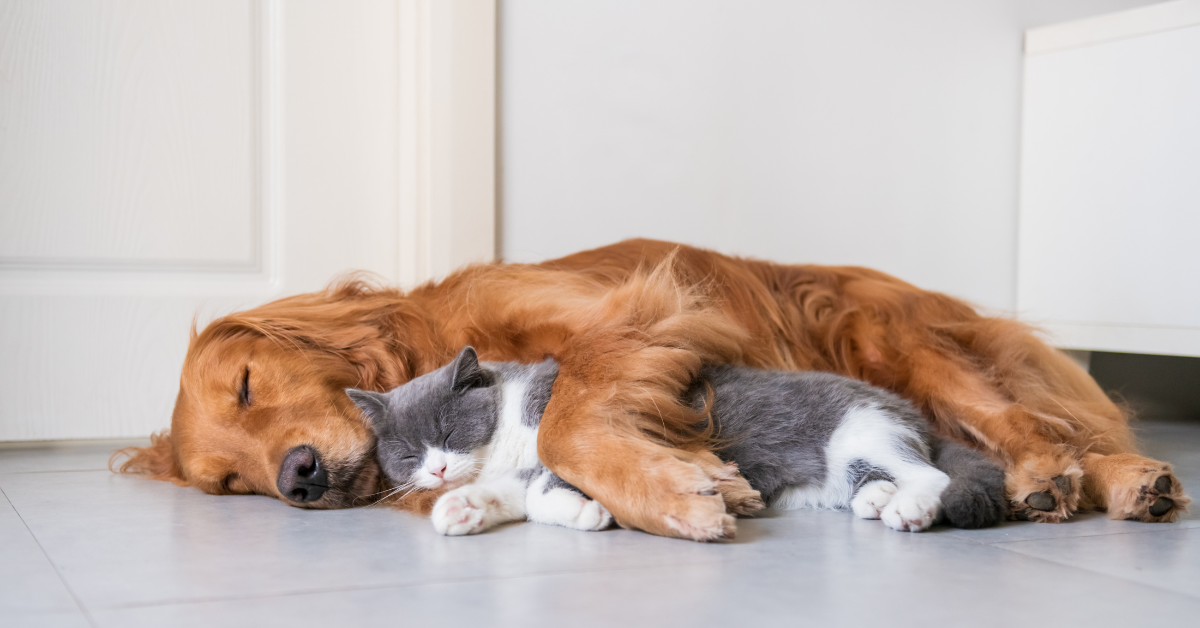
Episode 4 – You’ve Got to Admit It’s Getting Better (This post will focus mostly on the observable benefits of feeding a raw diet, but if you’re into the science and mechanics of why raw food works, check out this blog post for some seriously science-y information.) Raw feeders often refer to the many observable […]
How to Feed Raw Pet Food
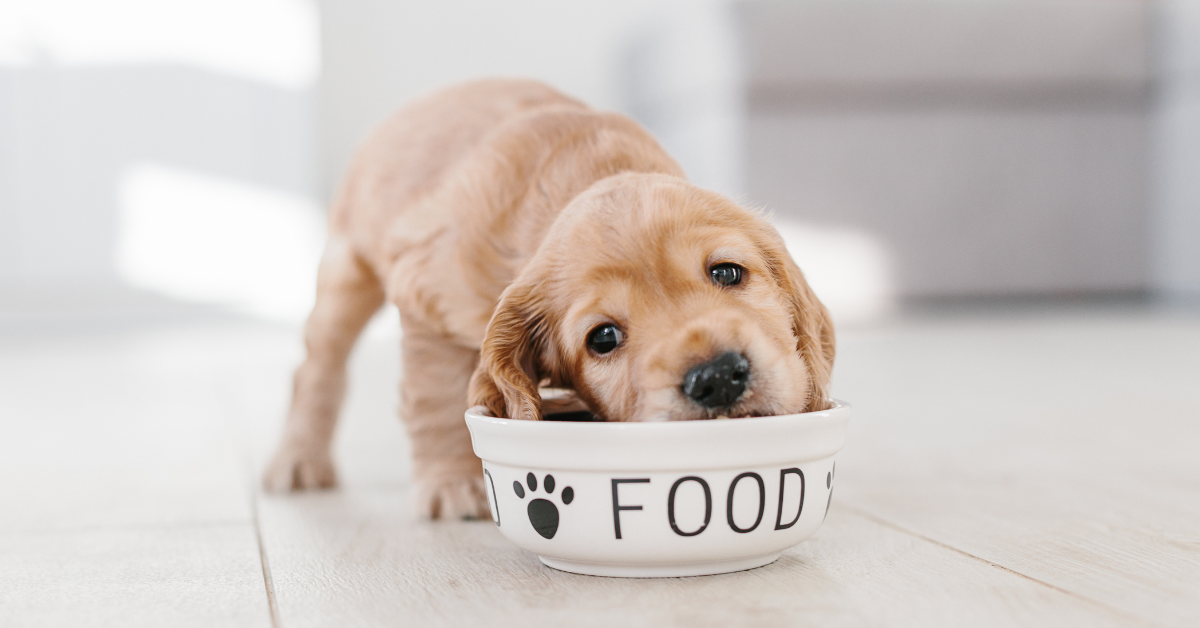
Episode 3 – Delivering the Goods Alright, I bought some raw food. Now what do I do with it? First of all, congratulations! You’ve taken the first step to raw food glory and total pet-health domination! More seriously, keep the raw food in your freezer until ready to defrost and feed. The food package should […]
Whether you’re completely new to the concept of raw pet food, or you’ve been a “raw-feeder” for years, this blog series will be your go-to guide on the basics of raw food. We will start with the most basic questions, go through the common misconceptions and myths, and work our way to understanding the mechanics. […]
Why Raw Food for Cats and Dogs
Episode 2 – Mechanics of Raw Food and Why it Works Raw food provides three major things that cooked or processed foods cannot: enzymes, amino acids, and intracellular moisture. Each of these components is vitally important for optimal health and cannot be replaced or replicated in processed foods due to their fragile nature. Let’s take […]
Episode 1 – What is Raw Food
Have you been hearing more about this “raw food” thing for pets? Maybe a neighbor or friend feeds raw and you’ve been curious. Maybe you’ve seen it in the store but don’t know enough about it to commit yet. Maybe you’d like a few questions answered before you’re ready to give it a try. Whatever […]
The Surprising History of Commercial Pet Food
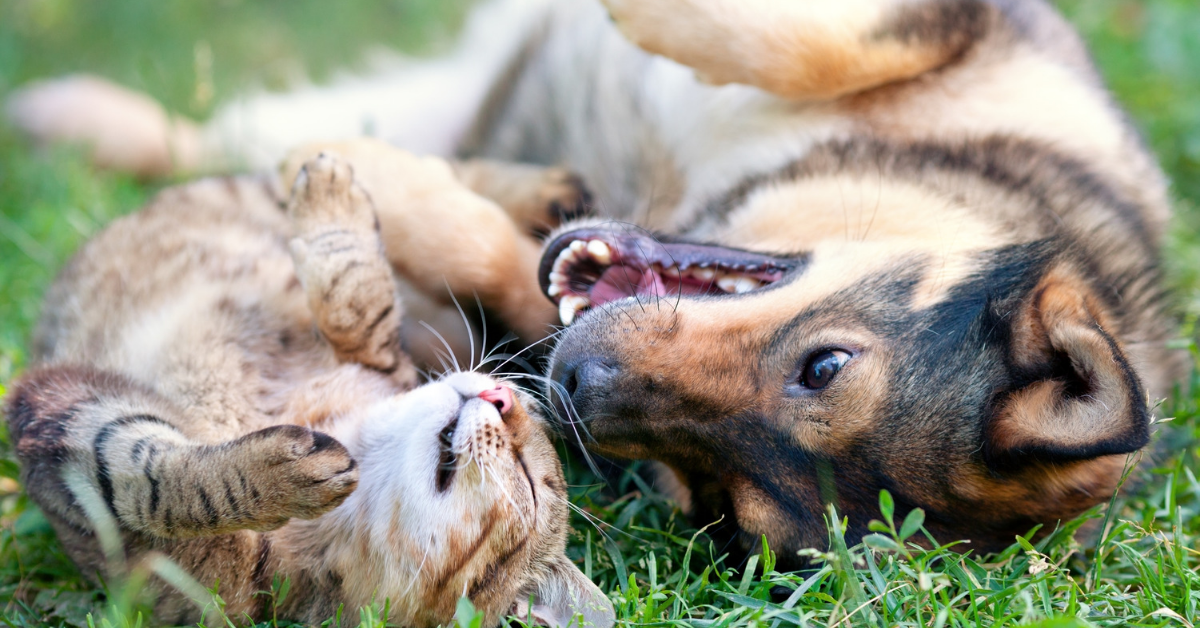
Commercial pet food is a little over a hundred-year-old practice. You may wonder how we went from feeding table scraps to processed kibble in such a short time. Let’s review.
Innovations in Pet Food
[ffb_paragraph_0 unique_id=”pk3copb” data=”%7B%22o%22%3A%7B%22gen%22%3A%7B%22ffsys-disabled%22%3A%220%22%2C%22ffsys-info%22%3A%22%7B%7D%22%2C%22text-is-richtext%22%3A%220%22%2C%22align%22%3A%22text-center%22%7D%7D%7D”][ffb_param route=”o gen text”][/ffb_param][/ffb_paragraph_0]
